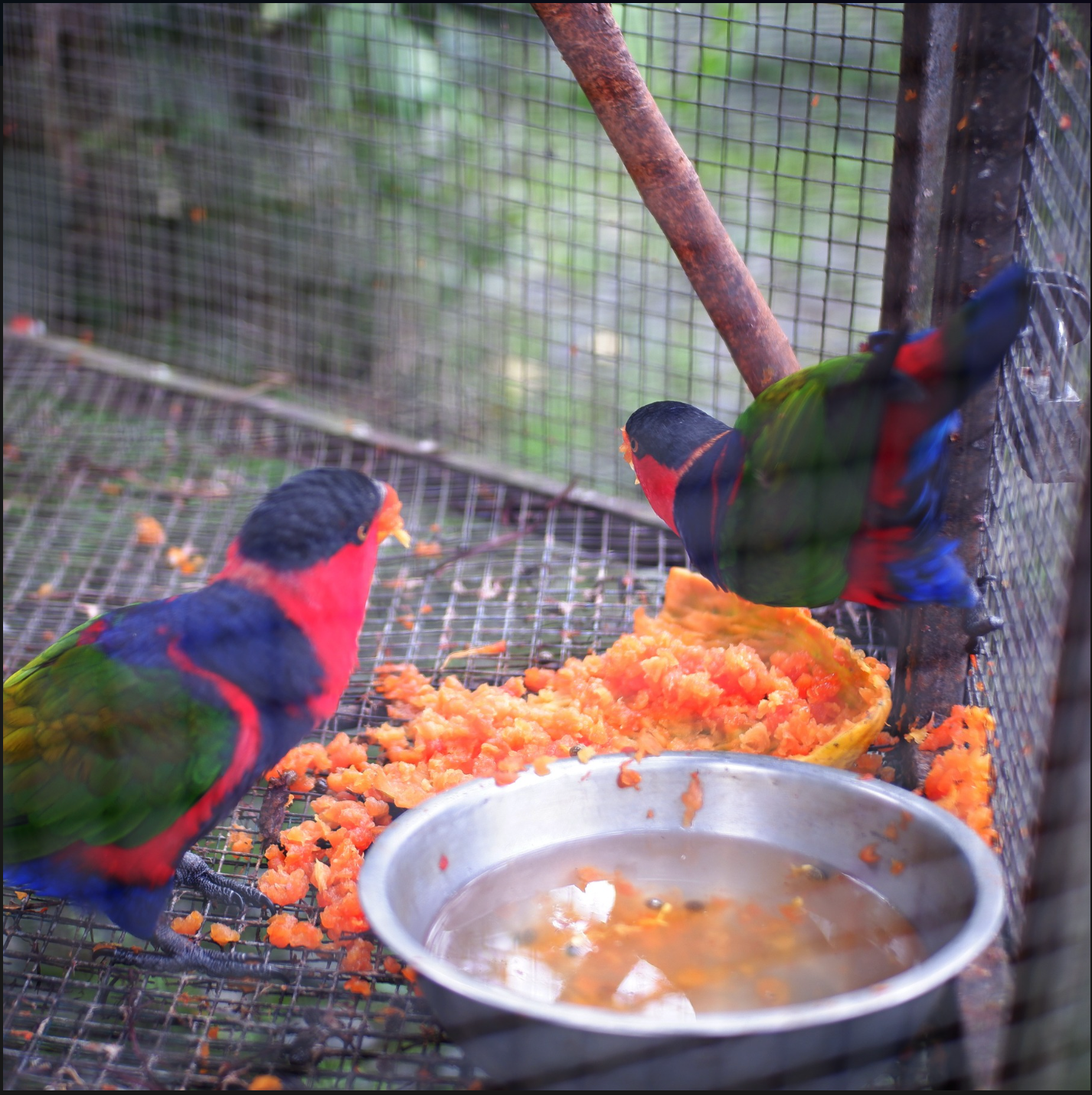BIRD RESCUE AND REHABILITATION GUIDE

BIRD RESCUE AND REHABILITATION GUIDE
SUMMARY
Learn how to care for rescued or rehabilitated birds with this comprehensive guide. Whether you’re adopting a previously owned pet bird or assisting an injured wild bird, this resource covers essential steps for safe handling, recovery, and long-term care.
FEATURES
- Understanding Rescued Birds: Learn the differences between surrendered pets and wild rescues.
- Safe Handling Techniques: Minimize stress and ensure proper care when rescuing a bird.
- Health Assessments: Identify signs of injury, malnutrition, or illness in rescued birds.
- Emergency Care Basics: Provide immediate aid before seeking veterinary help.
- Behavioral Rehabilitation: Help fearful or neglected birds regain trust and confidence.
- Creating a Healing Environment: Set up a safe and comfortable recovery space.
- Nutritional Support: Provide the right diet to help rescued birds regain strength.
- Long-Term Adoption and Release Plans: Decide whether to rehome, keep, or release the bird safely.
DESCRIPTION
Rescuing and rehabilitating birds requires patience, compassion, and knowledge. Whether you're adopting a surrendered pet bird or helping an injured wild bird, understanding their unique needs is key to ensuring a successful recovery and transition into a safe environment.
Rescued birds fall into two main categories: pet birds that have been surrendered, abandoned, or neglected, and wild birds that have been injured or displaced. Understanding these differences helps determine the best course of action for care and rehabilitation.
Safe handling is crucial when rescuing a bird. Injured or frightened birds can panic and injure themselves further if handled improperly. Using a soft towel or gloves, gently secure the bird without restricting its breathing. Avoid sudden movements or excessive noise, as this can increase stress.
Assessing a bird’s health is an important first step in rehabilitation. Signs of malnutrition, weakness, visible wounds, or labored breathing indicate the need for immediate veterinary attention. A rescued pet bird may also show signs of feather plucking, stress bars, or poor feather condition, which can indicate past neglect.
Emergency care may be necessary before veterinary intervention. If a bird is bleeding, applying styptic powder or cornstarch can help stop minor bleeding. Keeping the bird warm and hydrated while avoiding unnecessary handling can improve its chances of recovery. However, professional veterinary care is always recommended for serious injuries.
Behavioral rehabilitation is often needed for rescued pet birds, especially those that have experienced neglect or abuse. Some birds may show aggression, fear, or extreme shyness. Building trust through gentle interactions, offering treats, and providing a stable routine helps fearful birds feel safe and begin forming positive associations with people again.
Creating a proper recovery environment is essential for rehabilitation. A quiet, secure space with a properly sized cage, soft perches, and limited stressors allows the bird to rest and heal. Providing enrichment, such as toys and social interaction at the bird’s own pace, encourages mental well-being.
Nutrition plays a vital role in recovery. Malnourished or injured birds require a balanced diet to regain strength. Consulting an avian vet for dietary recommendations based on the bird’s condition is essential. Offering a variety of pellets, fresh vegetables, fruits, and appropriate supplements helps restore health.
Determining the bird’s long-term placement is the final step in rescue and rehabilitation. Pet birds that have been surrendered or found lost may need a permanent home, either with the rescuer or through adoption to a responsible bird owner. Wild birds, if rehabilitated successfully, should be released back into their natural habitat following proper guidelines to ensure survival.
Rescuing and rehabilitating birds is a rewarding experience that requires dedication and care. By understanding their physical and emotional needs, providing appropriate treatment, and creating a stable environment, you can help give rescued birds a second chance at a happy and healthy life.
- sri palani

Comments 0